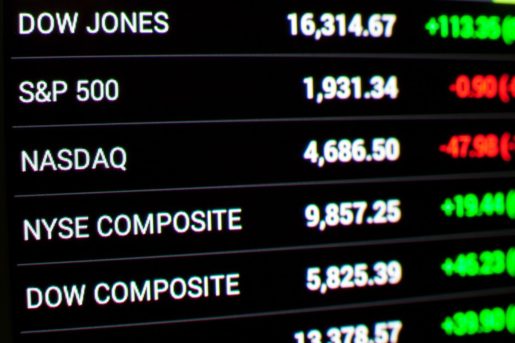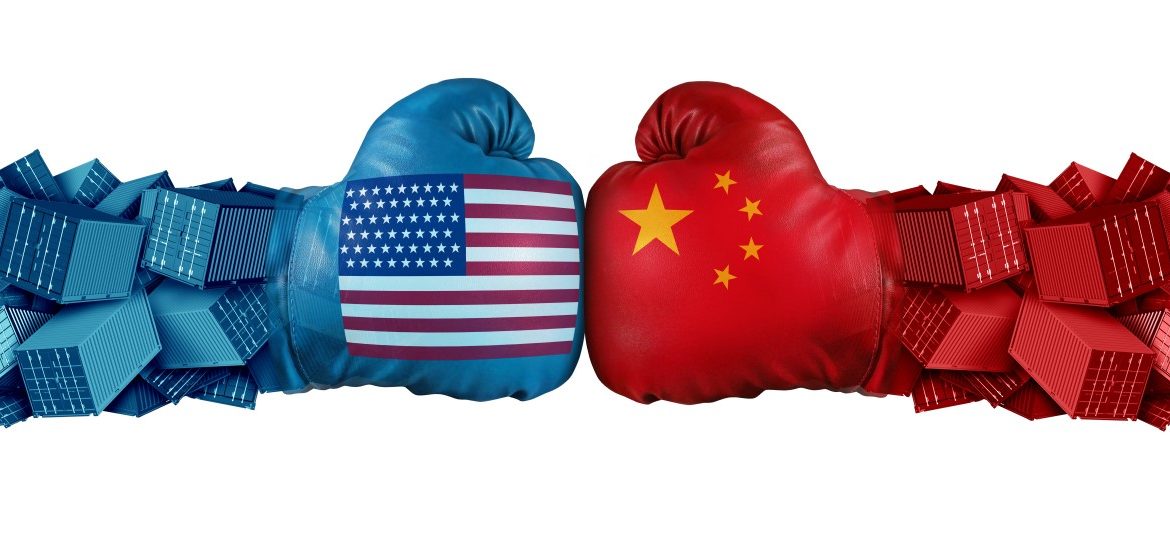On Thursday, the United States and China came together for their 13th round of talks to conduct negotiations to reach a comprehensive deal. The high-level trade talks between President Trump and Chinese Vice Premier Liu He took place in the Oval Office for the first time since escalations in August.
Despite common belief, reports show that the recent negotiations with China are going well. Trump announced that further discussion is to take place on Friday. All after speaking with the Treasury Secretary and the US Trade Representative. The two sides are looking to reach an agreement on some components. Still, despite the fact that mediation on the bigger picture remains far from complete.
Businesses in the US are hoping that the current trade agreements will guide tariffs from their rising figures, making time to engage with challenging issues. There are objections from unhappy administration and business representatives with Chinese policies enforced on US companies. This includes asking companies to provide subsidies, release valuable technology and limit data transfers.
All of these restrictions are in favor of Chinese firms. They are making it difficult for US companies to operate in a way that will benefit themselves. Moreover, China had imposed higher tariffs on US goods, while also suspending the sale of various agricultural products. However, to show amity, China increased its recent spending on US farm goods, such as soybeans and pork.
How the Stock Market is Responding to the Trade Talk
However, while they are working out a deal, stocks keep rising. After Trump announced that, there will be a second meeting with China, stocks closed higher. With the hopes of a mini-deal, US futures are on the rise. The S&P 500 and Dow Jones Industrial Average both improved 0.2%, and Nasdaq futures increased 0.3%.  In Asia, China’s Shanghai Composite Index improved 0.3% and Hong Kong’s Hang Seng Index climbed 1.5%. Japan’s Nikkei 225 and South Korea’s Kospi also grew. Although the US and China are not hitting a victory just yet, progress is being made on both geopolitical and economic forefronts.
In Asia, China’s Shanghai Composite Index improved 0.3% and Hong Kong’s Hang Seng Index climbed 1.5%. Japan’s Nikkei 225 and South Korea’s Kospi also grew. Although the US and China are not hitting a victory just yet, progress is being made on both geopolitical and economic forefronts.
What is to Come?
Following October 15, President Trump has arranged to surge duties on $250 billion worth of goods from 25 percent to 30 percent. More importantly, after December 15, a 15 percent tariff will be added to the rest of Chinese imports that may include electronic gadgets, clothing, and footwear.
Trade negotiator Clete Willems believes a partial deal would benefit Trump politically. Rather than ‘surrendering’ to China completely, a mini-deal will help the US see if China is sincere and if materialization of negotiations will occur. Willems added that purchasing more US agricultural goods will not satiate Trump’s demands. However, pledging to implement structural modifications of intellectual property can theoretically encourage the president to stop the schedules tariff increase in October and December 15. Once China decides to enforce its changes then the US may roll back tariffs, to the initial amount of $250 billion. Now, we wait and see where these trade wars take us next.
















